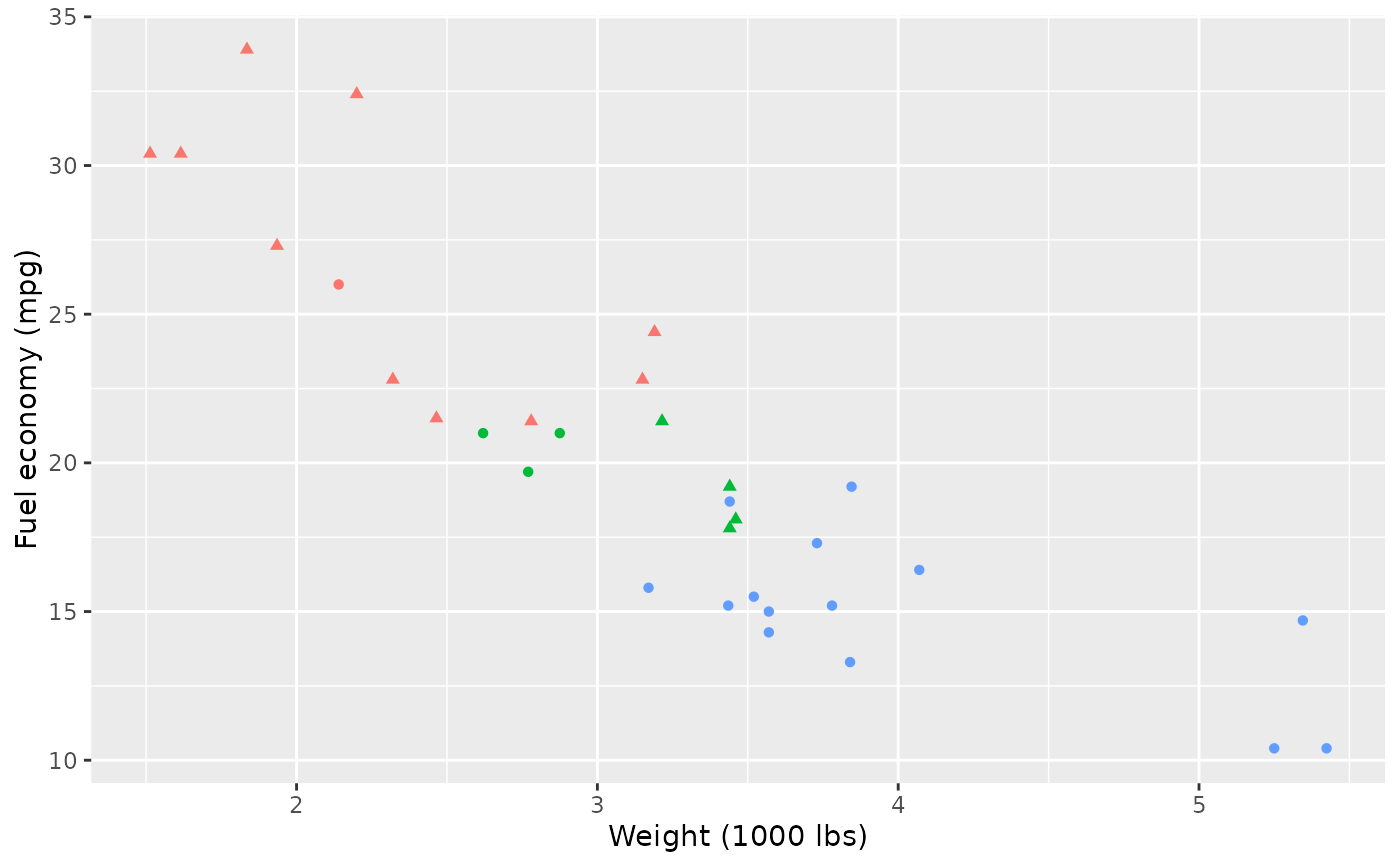
Developer diary for 0.1.2 (a package for soccer analytics viz): Implementing Github Actions CI tools (codecov, lintr, etc.To disable the background color for the page, set the value to white (i.e., FFFFFF).The cursed Morgan Stanley Covid-19 visualization.New paper in Computational Brain and Behavior: Sample size determination in Bayesian Linear Mixed Models.Summer School on Statistical Methods for Linguistics and Psychology, Sept.Short course and keynote on statistical methods at Ghent Summer School on Methods in Language Sciences.Batched Imputation for High Dimensional Missing Data Problems.So go ahead, be creative and build your signature theme!

Labs(y = "Flight Hight", x = "Flight Distance")įor later use, we can save our theme gerenrating script and source our customized theme function whenever we want to make use of our created theme. Geom_jitter(aes(x = x, y = y, color = z, size = z), Therefore, for especially big or small plots the base sizes can be in- or decreased, with all other elements being adjusted automatically. To ensure consitent look, all sizes aren't defined in absolute terms but relative to base sizes, using the rel() function. Several arguments are passed along to the function constituting a new theme and the existing theme called within the function: Specified are the default sizes for text ( base_size), lines in general ( base_line_size) as well as lines pertaining to rect-objects ( base_rect_size), further defined is the font family. As can be seen on the GitHub repo, we can create a new theme as a function calling an existing theme, which is altered by %+replace% theme() with all alterations defined in theme(). Therefore, I'm going to create my own theme based on my favourite theme, theme_minimal(). What's good enough for Hadley and friends, is good enough for me.
Inherit font theme x code#
Further, it is obvious from the code of theme_bw or theme_minimal how much more convenient it is to create a new theme by building on an existing theme. We can see how tedious it is to define a complete theme, if we sneak a peak at the code of theme_grey on ggplot2's GitHub repository. While theme_gray() is “the mother of all themes” and fully defined, for example theme_bw() builds upon theme_gray(), while theme_minimal in turn builds on theme_bw(). Actually, this is exactly what the creators of ggplot did. If we are a little lazy, instead of defining each and every argument, we also can start with an existing theme and alter only some of its arguments.

Inherit font theme x full#
This means, that every object that we want to show up in our plots has to be defined in full detail. Setting complete = TRUE also causes all elements to inherit from blank elements. When we create a theme from scratch we have to define all arguments of the theme function and set the complete argument to TRUE, signaling that the generated object indeed is a complete theme.

Furthermore, one also can create a complete customized theme, that's what we're going to do in this post. However, one can tweak these out-of-the-box styles using the theme() function. Ggplot comes with several inbuilt themes that can be easily applied to any plot.
Inherit font theme x series#
In the last post of this series of the STATWORX Blog, we explored ggplot2's themes, which control the display of all non-data components of a plot.


 0 kommentar(er)
0 kommentar(er)
